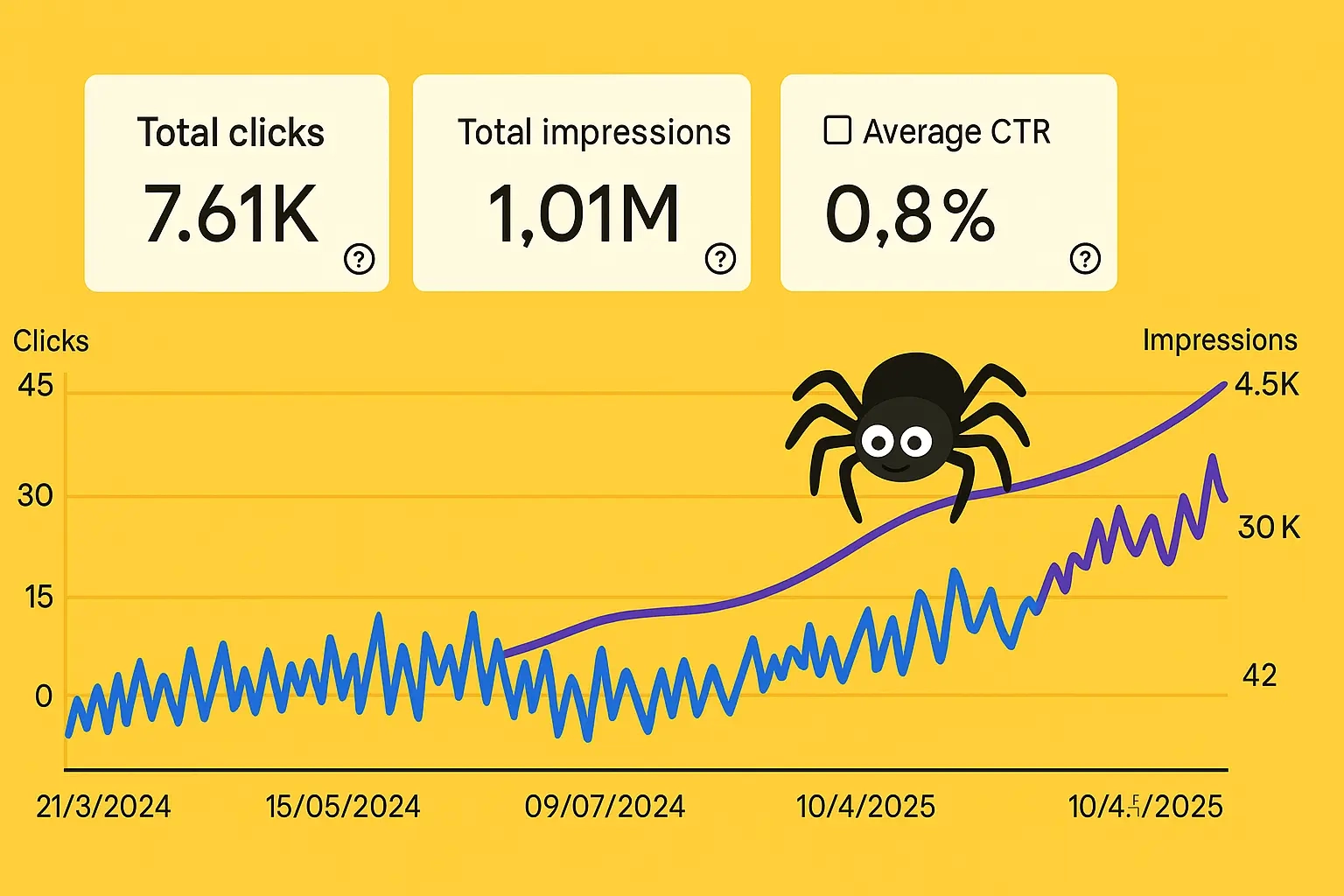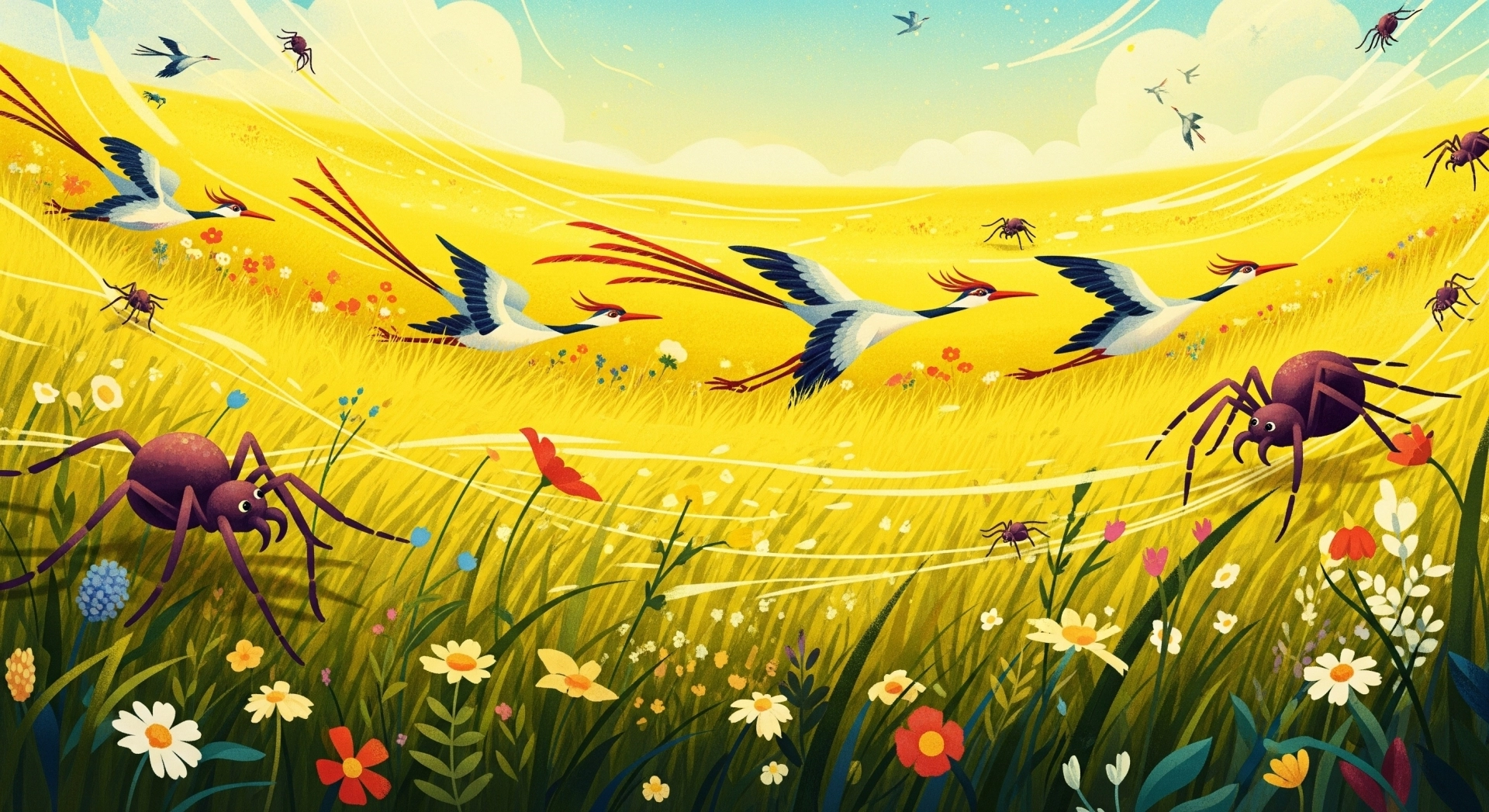When it comes to digital marketing, we have spoken about how AI is driving rapid change in the organic and paid search landscape, but that’s not the only challenge AI is posing.
The rapid advancement of Artificial Intelligence (AI), particularly generative AI, has ignited a fierce debate between the creators of those AI systems and the people who create content, either in the written word or visual arts. It debate is precipitating a full-blown crisis in how intellectual property (IP) ownership and how AI is violating the rules. At the heart of the issue is the way AI systems are trained and the nature of the content they produce, leading to widespread accusations that AI is effectively ignoring existing copyright laws and undermining the livelihoods of human creators.
This row has spread to the courts and legislatures worldwide. Content creators and copyright owners have taken AI creators to court over the matter and called on governments to bring big tech companies to heel. Given that tech moves like a supersonic jet and legislation governing tech moves like a glacier, we’re unlikely to see new legislation on the matter anytime soon. Especially as governments seem hesitant to create any roadblocks to development for fear of their economies being left behind by others taking a more laissez-faire approach to AI.
Is It Theft?
Generative AI models, such as large language models (LLMs) and image generators, are trained on huge amounts of information (called datasets) often scraped from the internet. These datasets frequently include vast amounts of copyrighted material books, articles, images, music, and more, all fed into the system often without explicit permission and almost certainly without compensation to the original rights holders. This mass ingestion is seen by many as a direct infringement of copyright, which grants creators exclusive rights to reproduce, distribute, and create derivative works from their creations.
The law, as ever, is struggling to keep pace with this technological leap. Existing copyright laws were designed for human authorship, and the concept of a machine "creating" content throws traditional notions of originality and ownership into disarray. While some argue that the use of copyrighted material for training AI constitutes "fair use", a legal doctrine that allows limited use of copyrighted material without permission for purposes like criticism, comment, news reporting, teaching, scholarship, or research. Countering this, creators and legal experts contend that the scale and commercial intent of AI training far exceed what could be considered fair use.
This "copyright denialism," as some critics label it, has sparked a flurry of high-profile lawsuits. Major news organisations like The New York Times have sued AI developers for using their articles to train models, while music industry giants are pursuing legal action against AI platforms for allegedly infringing on copyrighted songs. Stock image companies like Getty Images have also taken AI firms to court, alleging the unauthorised use of millions of their images.
And Then There’s The Output
Beyond the training data, the content that AI models “create” presents another complex ethical and legal challenge. When an AI generates content that closely mimics the style, themes, or even specific elements of existing copyrighted works, questions arise about whether the AI-generated output itself constitutes a derivative work or direct infringement. A huge argument erupted on the internet recently when OpenAI’s image generator was used to create a flurry of images in the style of Studio Ghibli (a well-beloved anime studio from Japan, known for their distinctive style).
Current rulings, particularly in the U.S., lean towards the view that AI-generated content made without sufficient human intervention is not eligible for copyright protection itself. This creates something of a paradox, where the "creations" of AI are often built upon copyrighted material, but then not themself protected by copyright. This leads to further uncertainty regarding ownership and exploitation.
Beyond legal battles, creative industries fear a future where their work is devalued. When AI can produce content at an unprecedented scale and speed, and potentially saturate markets, human content creators rightfully worry about the loss of income. At the moment, the greatest clamour is for greater transparency from AI developers about their training data and for mechanisms that allow creators to control and be compensated for the use of their work in AI training.
Compromise or Just Conceding?
Governments and international bodies are grappling with how to regulate this rapidly evolving space. Some jurisdictions are suggesting an "opt-out" mechanism so that copyright holders can refuse to allow AI to train on their content. Critics argue this puts the burden of responsibility on the aggrieved party and favours large tech companies. The ongoing debates highlight the urgent need for new legal frameworks that strike a delicate balance. Tech law has always suffered from the fact that technology develops very quickly, and lawmakers are rarely tech experts. In fact, a common theme in democracies around the world is that lawmakers tend to be older and older people are less likely to be up to speed with current technology and social trends.
Balancing the economic demands of fostering AI innovation while simultaneously safeguarding the intellectual property rights and livelihoods of human creators is a challenge few legislations seem willing to address head-on yet. Without clear guidelines, the crisis in intellectual property ownership is set to intensify, with profound implications for the future of creativity and commerce.
How Does This Affect Me? I’m Not A Content Creator
Well, the thing is, you quite possibly might be. Those blogs on your website? That’s content and food for AI. The photos you posted on Instagram? Content. The happy birthday wishes you posted to an old school friend? Content.
There’s also the loss to humanity if human creativity is stifled by AI putting it in an economic chokehold.



